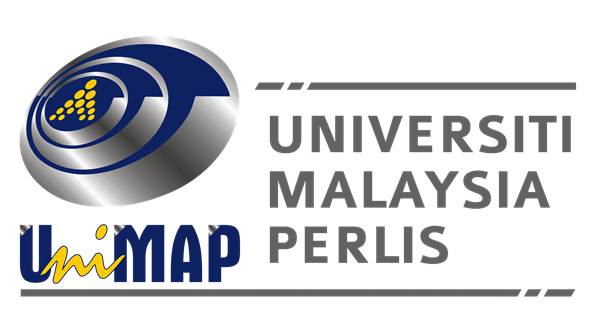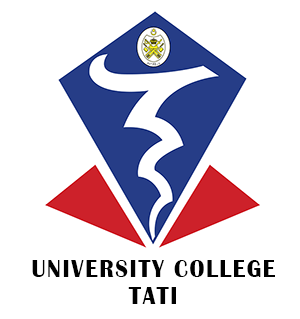Paper Preparation:
ARTICLE PREPARATION AND FORMAT
Article should be prepared in Microsoft Word file format. All article will follow the same general style as described in this document. The editors reserve the right to edit these files to ensure every article follows the same style.
General Rules
- The article shall be written in English (either American or British is accepted, but not a mixture of both)
- The article shall be written limited to 10 to 15 pages only including references.
- The article shall be formatted for an A4 size page.
- The body text shall have both the left and right margins justified with 1.5 spacing.
- The font type shall be Times New Roman and size 12 points unless otherwise stated.
- Paragraph Spacing before and after is 0 pt i.e. no blank lines between paragraphs
- The first paragraph in each section or subsection is not indented but the following paragraphs are first-line indented 10mm.
Sections and subsections are formatted to three levels:
1. INTRODUCTION
Heading 1 (Section heading): Time New Roman; Size - 11; Bold. Double-spaced before and single-spaced after
1.1 Body Content
Heading 2 (Subheading): Times New Roman; Size - 12; Bold; capitalize each word, single-spaced before and after
1.1.1 Conclusion
Heading 3 (Sub-subheading): Times New Roman; Size – 12 Bold, Italicized; Centered, Capitalize the first word, single-spaced before and after
Article Structure
The article should be organized into clearly defined sections, namely, introduction, body content, discussion or conclusion, acknowledgments (if any), references and appendices (if any). Sections and subsections should be formatted as heading levels 1, 2 and 3 as shown in General Rules. Authors are encouraged to write as concisely as possible, but not at the expense of clarity.
Title of the Paper
The title should be concise and informative to adequately describe the content of the paper as it is often used in information-retrieval systems. Avoid abbreviations and formula wherever possible. The title is centered on the page and is set in boldface (font size 14 pt). The first letter of each word in the title should be capitalized.
Authors’ Names and Affiliations
The author’s name is provided below the title and followed by the author’s affiliation. Please state the given name and family name clearly. If the article was written by more than one author, append their name to the first author. If the authors are with different affiliations, assign a sequential superscript number (beginning with “1”) immediately after the author's name and precedes the author’s affiliation. However, authors with the same affiliation will bear the same number.
The names and affiliations are centered on the page (font size 10 pt). A blank line is required to separate the title, the author's name list and the affiliation.
Corresponding Author’s E-mail
An email address of the author who is willing to handle correspondence at all stages of refereeing, publication, and post-publication is stated as a footnote on the first page. Clearly, indicate by placing an asterisk (“*”) after the author’s name and before the email address.
The email address should use New Times Roman font size, 8pt.
Figures and Tables
Figures are numbered consecutively and the caption is placed centered below the figure. Similarly, tables are numbered consecutively in the order of their appearance in the text. However, place the caption above the table body. Avoid vertical rules. Be sparing in the use of tables and ensure that the data presented do not duplicate results described elsewhere in the article. Present figures and tables after the text which they are referenced as “Figure 1” or “Table 1”.
Equation/Formula
Equations are displayed separately from the paragraphs of text. They should be flushed to the left of the page. The equation should be numbered consecutively. All equation numbers must appear in parentheses and on the right-hand side of the equation. Refer to equations in the text as "(1)". The text size of formula should be 10 points.
Conclusion
A conclusion section is required and should clearly discuss the advantages, limitations, possible applications and recommendations for future research.
Acknowledgments
Please acknowledge any organizations that have sponsored or supported this research. Individuals other than the authors who have given direct assistance could be acknowledged.
References
Responsibility for the accuracy of bibliographic citations lies entirely with the authors. Please ensure that every reference cited in the text is also present in the reference list (and vice versa).
Citations in the text and reference list should follow the referencing style used by the American Psychological Association. You can refer to the Publication Manual of the American Psychological Association, Fifth Edition, ISBN 1-55798-790-4, copies of which may be ordered from https://www.apa.org/books/4200061.html or APA Order Dept., P.O.B. 2710, Hyattsville, MD 20784, USA or APA, 3 Henrietta Street, London, WC3E 8LU, UK. Details concerning this referencing style can also be found at https://humanities.buy.edu/linguistics/Henrichsen/APA/APA01.html.
* Minimum references are 15 (80% from published work).
* Minimum 6 pages and maximum 15 pages.
* Empirical paper.
* Strictly follow the format of full paper.
* Presented only.

.png)








